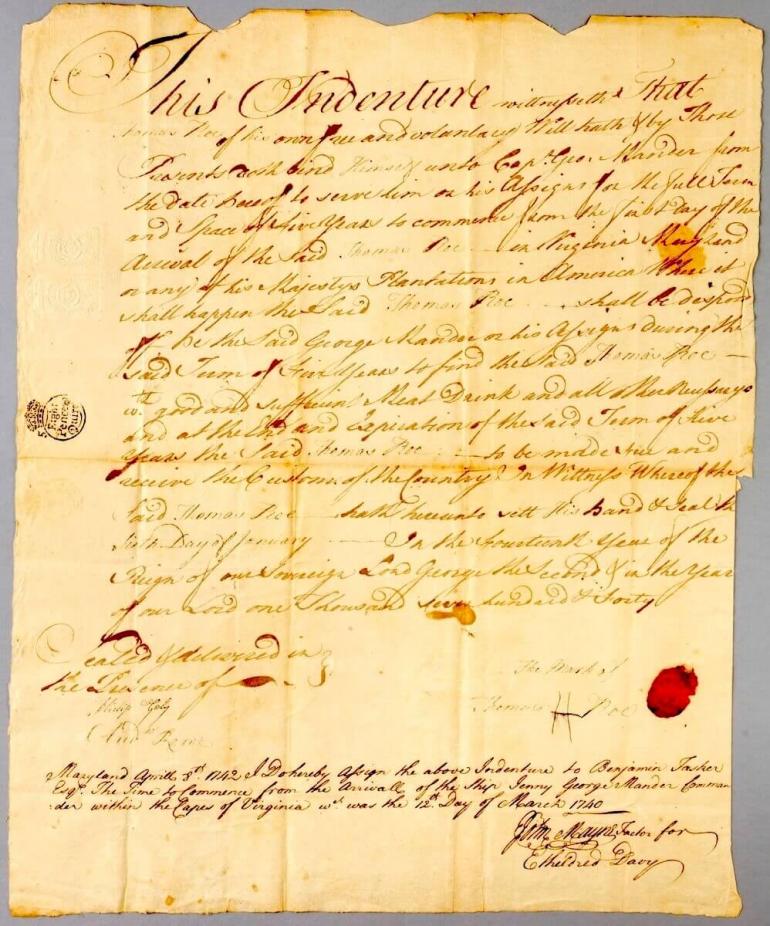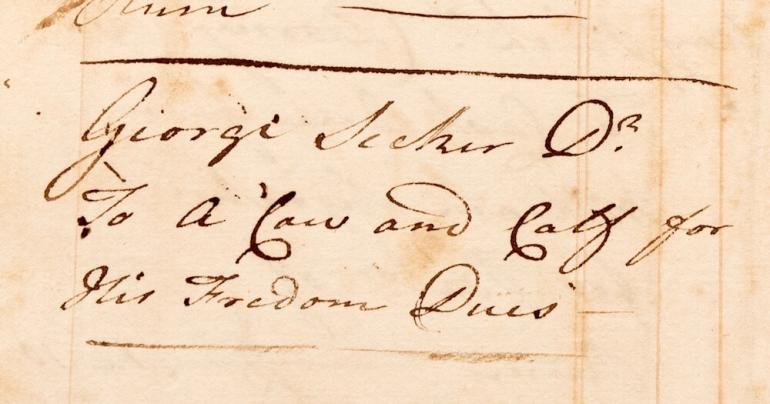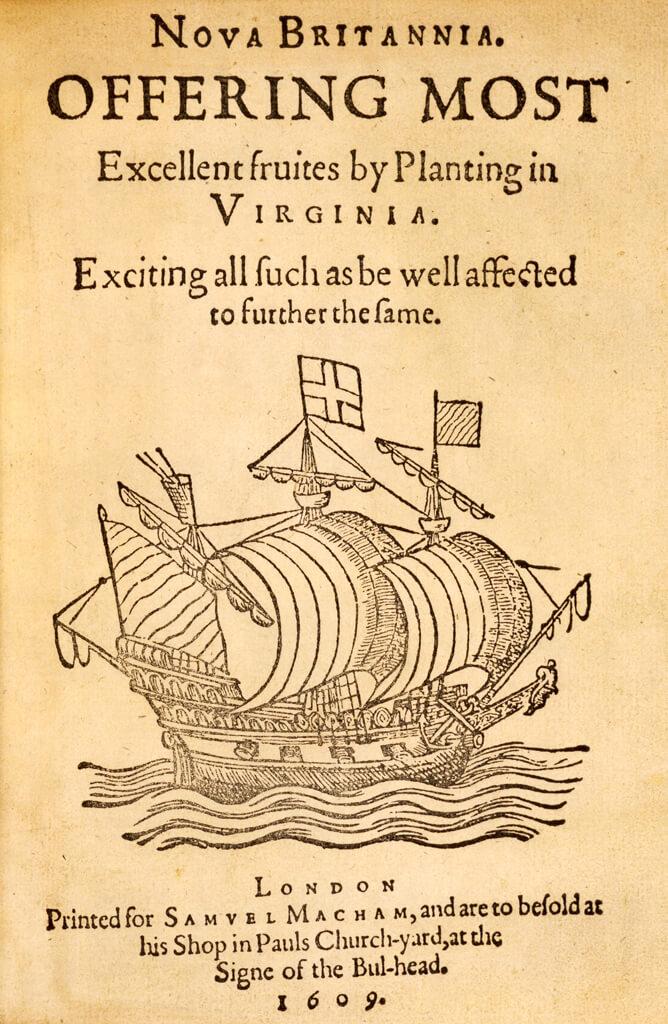 s contract was resold to Benjamin Tasker, most likely for work at the Baltimore Iron Works, April 8, 1742." width="" />
s contract was resold to Benjamin Tasker, most likely for work at the Baltimore Iron Works, April 8, 1742." width="" />Hoping to build a more prosperous life in the New World, men and women voluntarily entered into work contracts for the price of their transatlantic passage. In return for four to seven years of service, they would be provided with food, shelter, clothing, and “freedom dues,” consisting of land, tools, or livestock once their service was complete. Sometimes, an indenture could also command a yearly salary. Colonists found indentures to be among the most expensive types of labor, and indentures often encountered difficult working conditions.
English and Irish indentures were the main source of imported labor in the colonies until enslaved workers replaced them in 1690. Some sold their service from England, others made a deal once they arrived at an American port. Any who were left after a few days were auctioned off by the ship’s captain.
 s contract was resold to Benjamin Tasker, most likely for work at the Baltimore Iron Works, April 8, 1742." width="" />
s contract was resold to Benjamin Tasker, most likely for work at the Baltimore Iron Works, April 8, 1742." width="" />
This indentured servant’s contract was resold to Benjamin Tasker, most likely for work at the Baltimore Iron Works, April 8, 1742. Courtesy of the Maryland Center for History and Culture.
Dr. Carroll and his son Charles Carrol, Barrister, frequently asked their English agents to find trained craftsmen as indentures as there was a shortage of skilled workers in the colonies. These letters are part of the scant documentation the museum has on indentured servants.
 Account book entry, 1780, logging freedom dues of one calf and one cow for indentured servant George Seeker who was reaching the end of his service. " width="" />
Account book entry, 1780, logging freedom dues of one calf and one cow for indentured servant George Seeker who was reaching the end of his service. " width="" />
Account book entry, 1780, logging freedom dues of one calf and one cow for indentured servant George Seeker who was reaching the end of his service. Courtesy of the NSCDA-MD.

Advertisement posted in a London shop encouraging indentured servants and investors to apply to the Virginia Company, 1609. Courtesy of the Virginia Museum of History and Culture.
1500 Washington Blvd,
Baltimore,
MD 21230
PO Box 27117
Baltimore, MD 21230
$6 – Seniors (65+) and Students (with school ID)
$5 – Children (2-12)
Tours for groups over 10 are available by special request. For scheduling and pricing, please email tours@mountclare.org.
Open: Coming Soon.
Closed: Christmas Eve, Christmas Day, and Easter.
Mount Clare has a self-guided exhibit on the industrial development of the former plantation and the workers who labored there. A separate display tells the history of the property after three generations of the Carroll family moved out. The museum also showcases its significant collection of 18th and 19th century decorative arts, including paintings, furniture, silver, and export china. Visitors may take a guided one-hour tour of the house or wander through on their own.
Mount Clare Museum is dedicated to preserving the house, a National Historic Landmark, and its supporting collections in a way that authentically represents and contextualizes life in Maryland since the 18th century and explores how the past continues to affect life in America today. The museum strives to tell the stories of all who lived and worked at Mount Clare and Georgia Plantation, including the Carroll family, enslaved people, indentured servants and transported convicts.
The Museum has been stewarded by the National Society of Colonial Dames of America in the State of Maryland (NSCDA-MD) since 1917. The NSCDA-MD is a women’s lineage group and 501C(3) nonprofit organization founded in 1891 that promotes the study of the people, places and events that led to the development of our country.
Mount Clare is deeply grateful to all our funders.